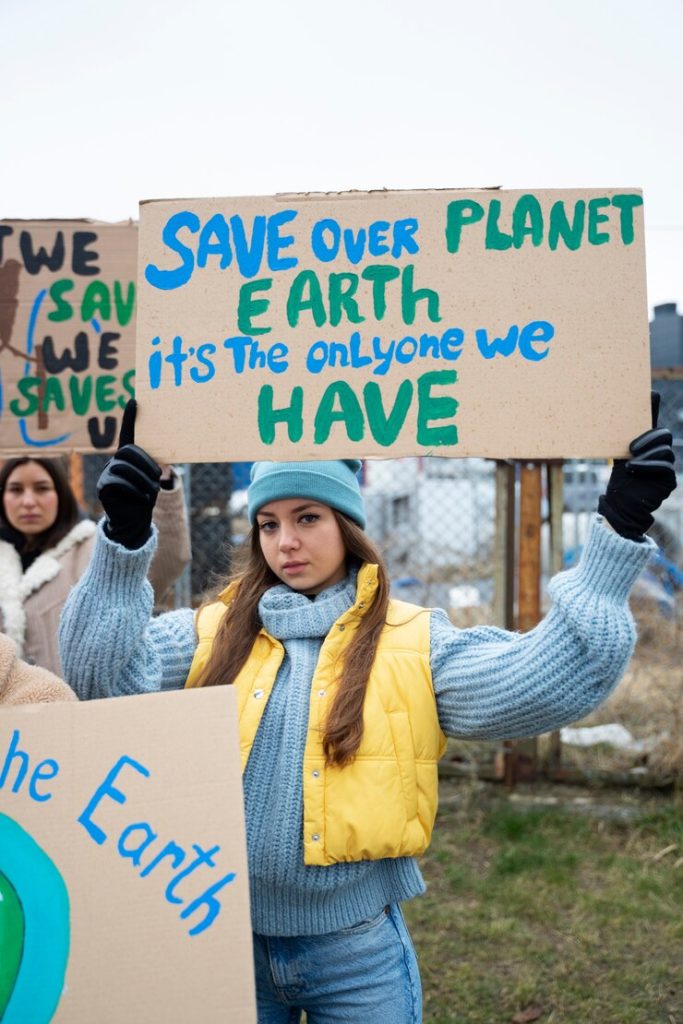While government policies and corporate initiatives play crucial roles in addressing environmental concerns, grassroots activism has emerged as a potent force for change. From local conservation efforts to global movements, community-driven initiatives have the power to raise awareness, mobilize resources, and drive meaningful action towards environmental conservation. In this article, we explore the impact of grassroots activism on environmental issues and highlight examples of successful community-led initiatives.

1. Raising Awareness and Building Community
Grassroots activism serves as a platform for raising awareness about environmental issues and fostering community engagement. Through education, outreach events, and social media campaigns, grassroots organizations empower individuals to learn about environmental challenges, understand their local impacts, and take action to address them. By building a sense of community and collective responsibility, grassroots activism creates a supportive environment for environmental conservation efforts to thrive.
2. Advocacy and Policy Change
Grassroots activists often play a crucial role in advocating for policy change at the local, national, and international levels. By mobilizing public support, organizing petitions, and lobbying policymakers, grassroots organizations can influence decision-making processes and shape environmental policies. Examples of successful grassroots advocacy campaigns include efforts to ban single-use plastics, protect natural habitats, and promote renewable energy initiatives. Through collective action and strategic advocacy, grassroots activists can hold governments and corporations accountable for their environmental impact.
3. Community-Based Conservation Projects
Many grassroots organizations engage in community-based conservation projects aimed at protecting and restoring natural ecosystems. From tree-planting initiatives and beach cleanups to habitat restoration efforts and wildlife monitoring programs, these projects mobilize volunteers to take direct action to conserve local environments. By involving communities in conservation activities, grassroots organizations foster a sense of ownership and stewardship over natural resources, leading to long-term sustainability and resilience.
4. Sustainable Living and Behavior Change
Grassroots activism often promotes sustainable living practices and encourages individuals to adopt environmentally friendly behaviors in their daily lives. Through workshops, skill-building sessions, and community events, grassroots organizations provide resources and support to help people reduce their carbon footprint, minimize waste, conserve energy and water, and support local food systems. By empowering individuals to make sustainable choices, grassroots activism catalyzes broader societal shifts towards a more environmentally conscious lifestyle.
5. Solidarity and Global Movements
Grassroots activism has the power to connect communities around the world in solidarity and collective action. Global movements, such as Fridays for Future and Extinction Rebellion, mobilize millions of people across continents to demand urgent action on climate change and environmental justice. Through protests, strikes, and social media campaigns, grassroots activists amplify their voices and pressure governments and corporations to take meaningful steps towards sustainability. By fostering solidarity and collaboration, grassroots activism builds momentum for change on a global scale.
Conclusion
In conclusion, grassroots activism plays a vital role in driving environmental conservation efforts and promoting sustainability at the local, national, and global levels. By raising awareness, advocating for policy change, implementing community-based projects, promoting sustainable living, and mobilizing global movements, grassroots organizations empower individuals to become agents of positive change in their communities and beyond. As we confront pressing environmental challenges, the power of grassroots activism reminds us that collective action and community engagement are essential tools for building a more sustainable and resilient future for all.
